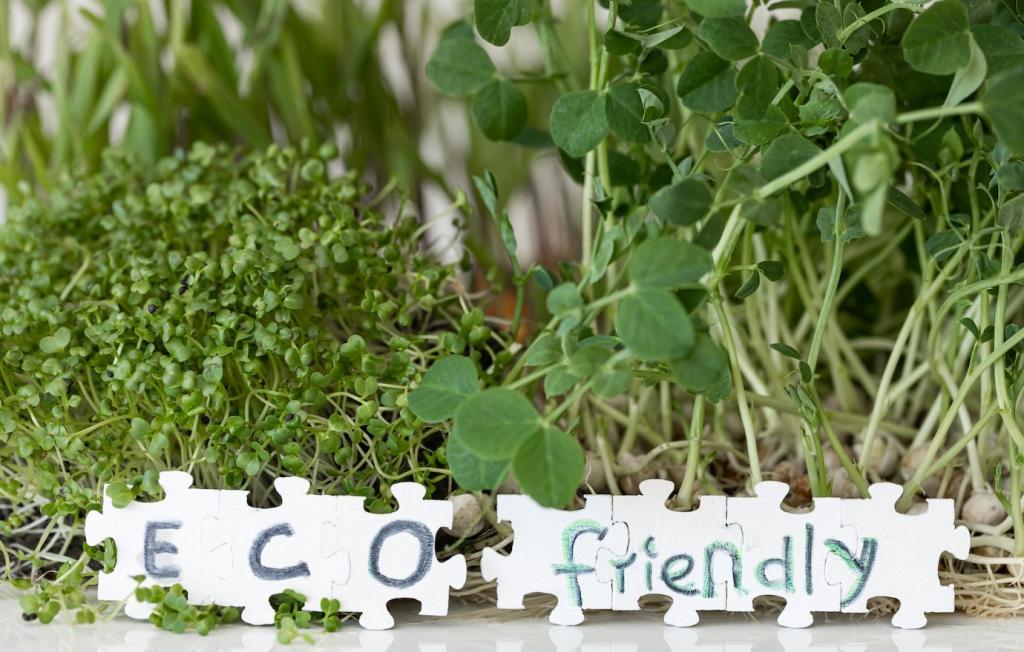Design Principles for Compact Bamboo Structures
Tiny homes concentrate loads in tight frames, so clarity is everything. Use triangulation and bracing to define direct load paths. Keep openings modest, align columns with joists, and let bamboo’s natural taper inform thoughtful placement to avoid stress concentrations.
Design Principles for Compact Bamboo Structures
Traditional lashing distributes forces gently, while fish-mouth cuts increase bearing surface. Hybrid gussets—using plywood or steel plates—create repeatable, modular connections. In tiny builds, small improvements in joint precision translate into outsized boosts in durability and safety.












